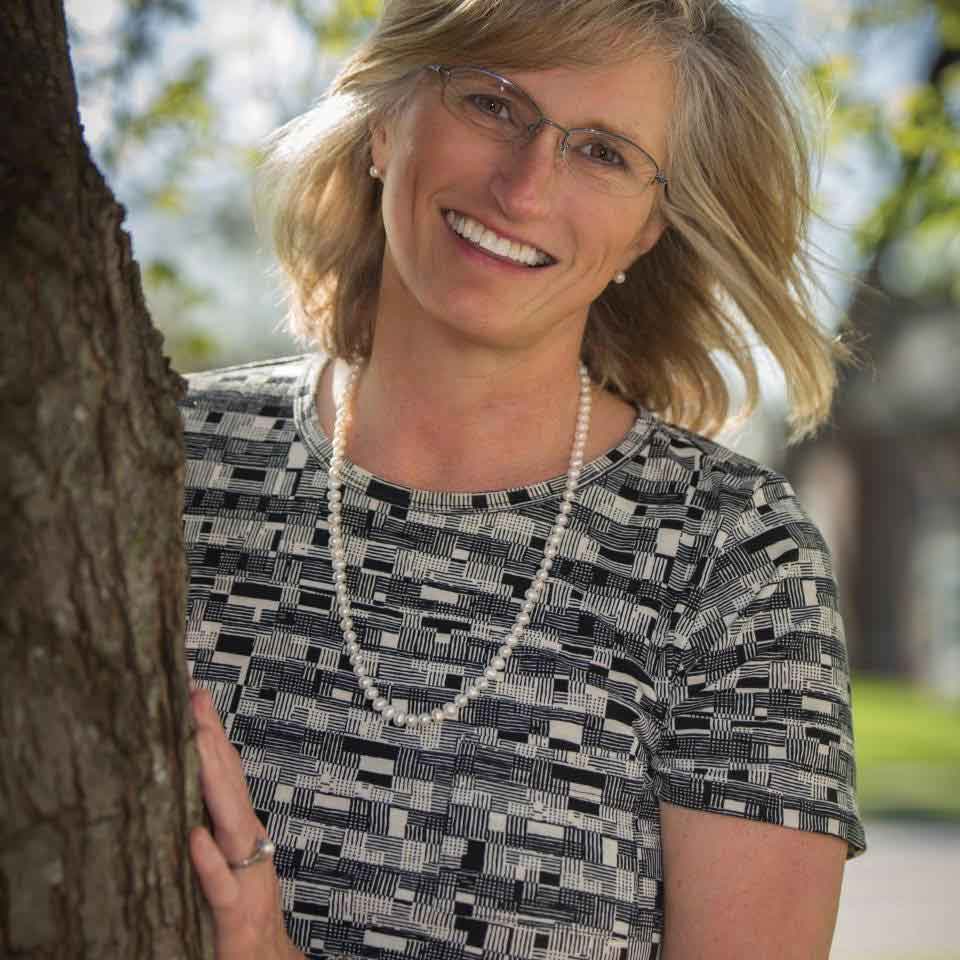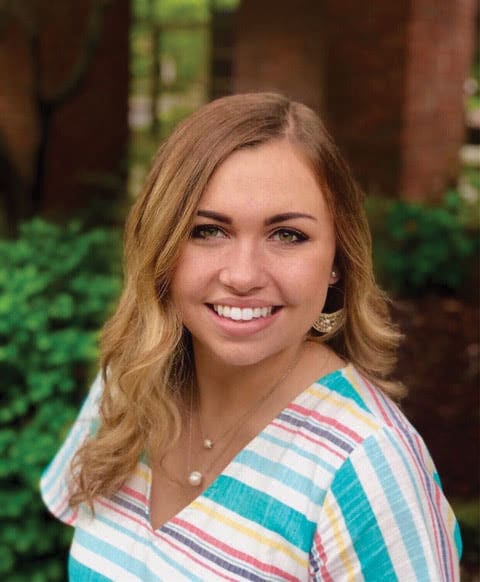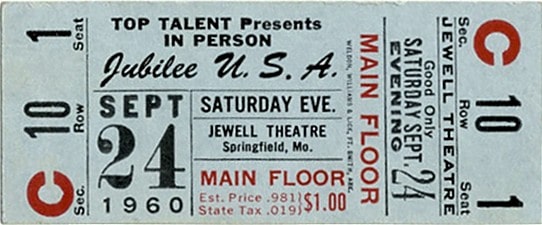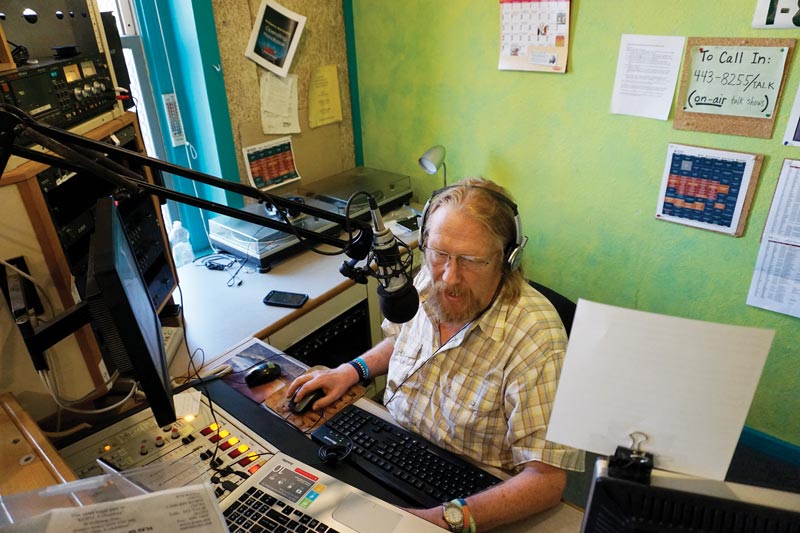This article was originally published in our July/August 2021 issue.
The Center for Music Therapy and Wellness in Springfield, Missouri, uses music therapy to aid in the treatment of a wide variety of conditions. Missouri Life sat down with Abigail Loyd, board-certified music therapist and clinical director, and Julie Cassity, executive director and board-certified music therapist, to learn how music therapy can help clients in all walks and all stages of life.


What musical genre is your personal preference?
Abigail: Picking one is difficult. Dad was a bluegrass fan; Mom was into ’80s pop, Disney songs, and musical theater. I’m definitely a big Elton John fan—or Billy Joel. I grew up doing community theater.
Julie: Similar to Abby’s tastes: Neil Diamond, Billy Joel, late-’70s, early-’80s, pop music. I tend to go toward more mellow. That kind of fits my personality. Nora Jones, more laid-back R&B.
What is music therapy?
Abigail: Music therapy is an evidence-based, clinically established healthcare profession with assessments, treatment planning, and evaluation process. It’s the use of music to reach non-musical goals. It’s different from therapeutic music, like listening to your favorite music on the ride home to destress. That is not music therapy.
What are some benefits or outcomes of music therapy?
Abigail: Working with people with Parkinson’s disease, we can develop a regimented exercise routine—moments they can repeat on their own. I work with a group of teens that are all on the autism spectrum. We work on social skills, group rapport, being able to work together, and interact with peers in a beneficial and positive way. We create active music-making experiences to help facilitate that with an adaptive rock back experience.
Julie: Music actually activates the brain’s pleasure center, releasing those good hormones. Research shows it’s also a boost to the immune system. It’s really good for our body. Learning to play music develops the attention span and eye tracking. That can help a child who has trouble sitting still learn to focus longer on a task. That’s one way we use music to work on non-musical goals. Some even use it as a pain distractor during childbirth.
I would say we’re improving quality of life. For seniors, for instance, we’re not going to heal Alzheimer’s or extend life, but work on creating and improving quality of life, rebonding, and reconnecting with loved ones.
How has music therapy helped your clients?
Abigail: One music therapy group is specifically designed to use music to help with the common symptoms of Parkinson’s disease. For instance, singing and playing harmonica promotes clear speech and breath support. Rhythm-based exercises can help movement and muscle strength.
Julie: Each client gets personalized goals. We’ve helped some decrease harmful behaviors, and also helped a child increase attention span and be able to sit still longer.
What led you to pursue a career as a music therapist?
Abigail: I wanted to be a child psychologist and was also in musical theater, school choir, and guitar lessons, and came to Drury University as a music theater major. I toured the Center for Music Therapy and Wellness and saw a session and knew I wanted to be a music therapist. That was very meaningful and life-changing for me.
Julie: I thought I wanted to be a special education teacher, then my piano teacher told me about music therapy. I thought, ‘That’s a good fit for me.’ I think more people are understanding the power of music to help others. Our clinic is on the Drury University campus and has fifty-five music therapy students. It’s one of the fastest-growing majors on campus.
What should the public to know about being a music therapist?
Abigail: It’s quite a process to become a board-certified music therapist. After earning a four-year undergraduate degree in music therapy, you intern under a board-certified music therapist to get 1,200 hours of clinical training. Then you must pass the board exam. It’s not for the faint of heart.
Photos // Abigail Loyd, Julie Cassity
Related Posts
January 22, 1955
The first national country music show on television was broadcast by ABC from Springfield from 1955 until 1960. The show is credited with popularizing country music and featured well-known performers, including Red Foley, Speedy Haworth, Brenda Lee, Porter Wagoner, and Slim Wilson.
Woody Adkins Puts Traditional Country Music on the Air in Columbia
For the last 17 years, Woody has hosted country music programs on KOPN. He began his Midnight Country show, which aired Sundays from midnight to 3 AM, in 2000. He gained a loyal following of listeners all around the United States and abroad.



